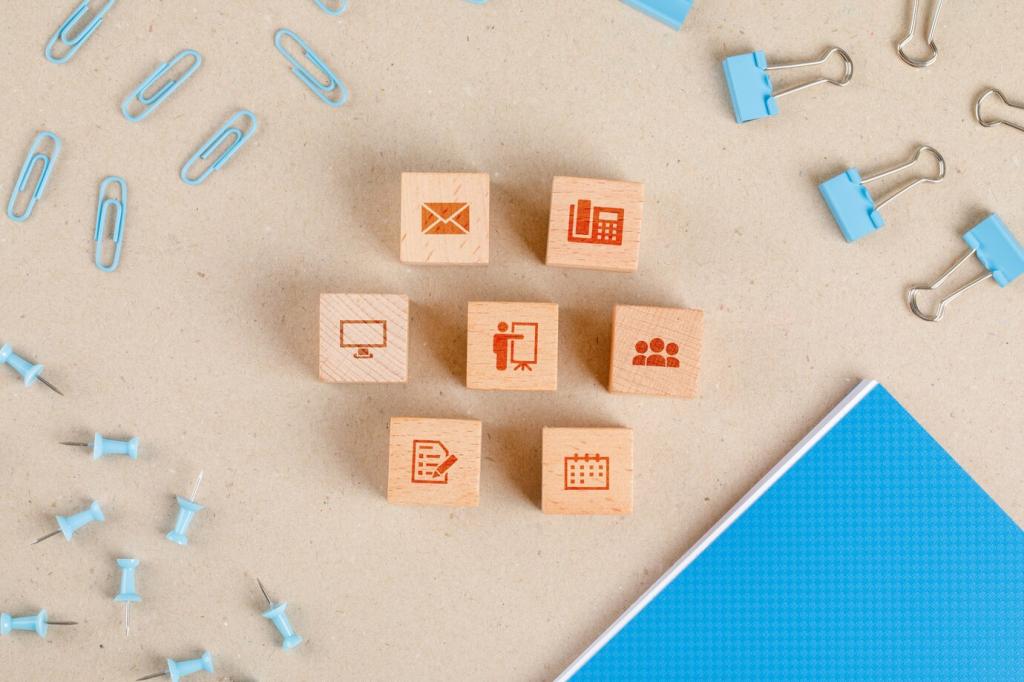OKRs and Personal Scorecards
State a bold objective, then list measurable key results that show unmistakable progress. Keep three or fewer to protect focus. Translate each key result into weekly tasks you can actually ship. Post one objective in the comments, and we’ll suggest sharper, testable key results.
OKRs and Personal Scorecards
Hold a 15-minute Friday review: score your key results, capture wins, and reset priorities. Misses become lessons, not drama. Consistent check-ins create clarity, reduce drift, and encourage course correction early. Subscribe to get our simple scorecard template for your next review session.
OKRs and Personal Scorecards
Visibility motivates. Track goals on a whiteboard, habit app, or sticky-note ladder. Color-code priorities and move them across stages. Seeing motion reduces procrastination and invites help. Snap a photo of your board and tag us—what moved forward this week, and what blocked you?






